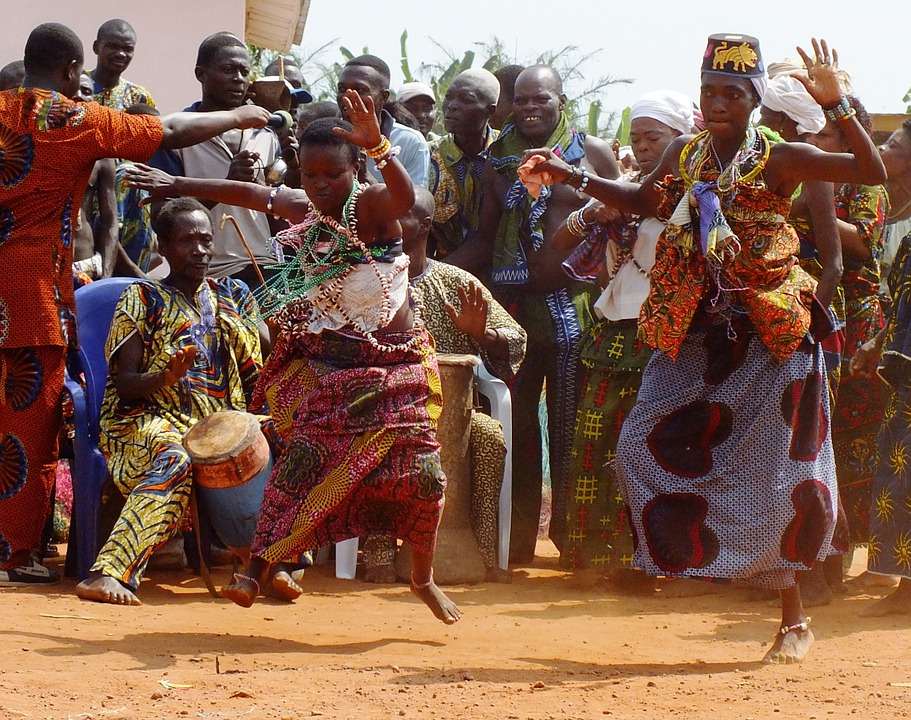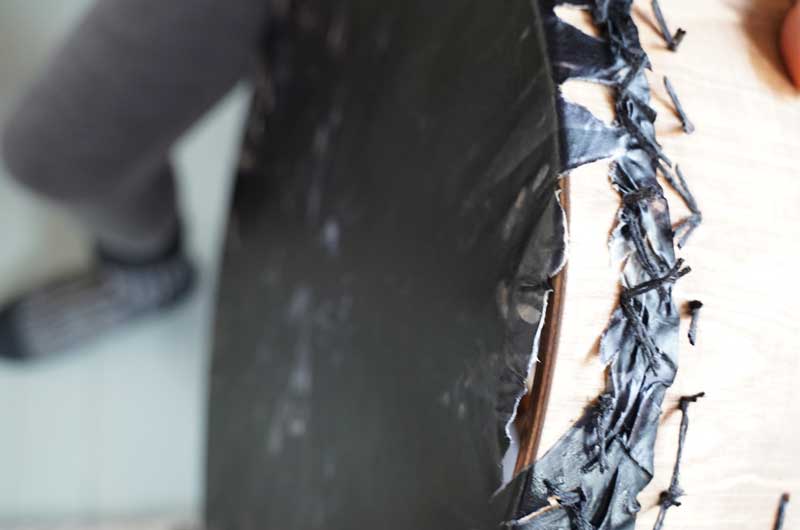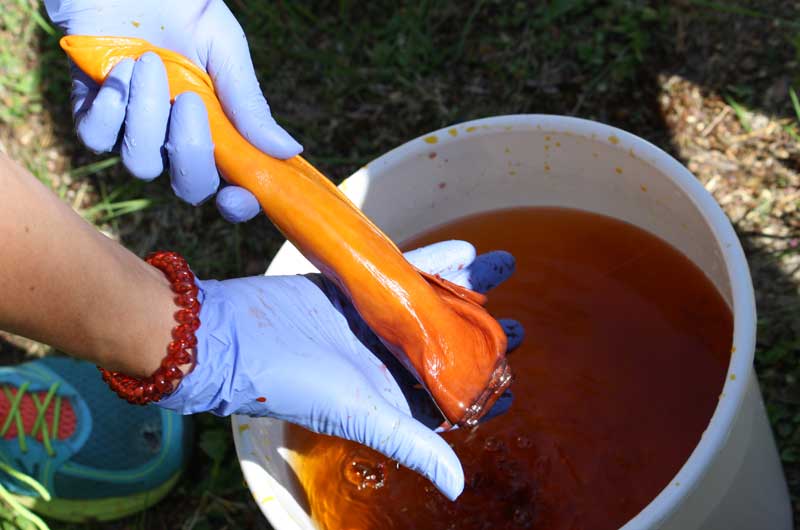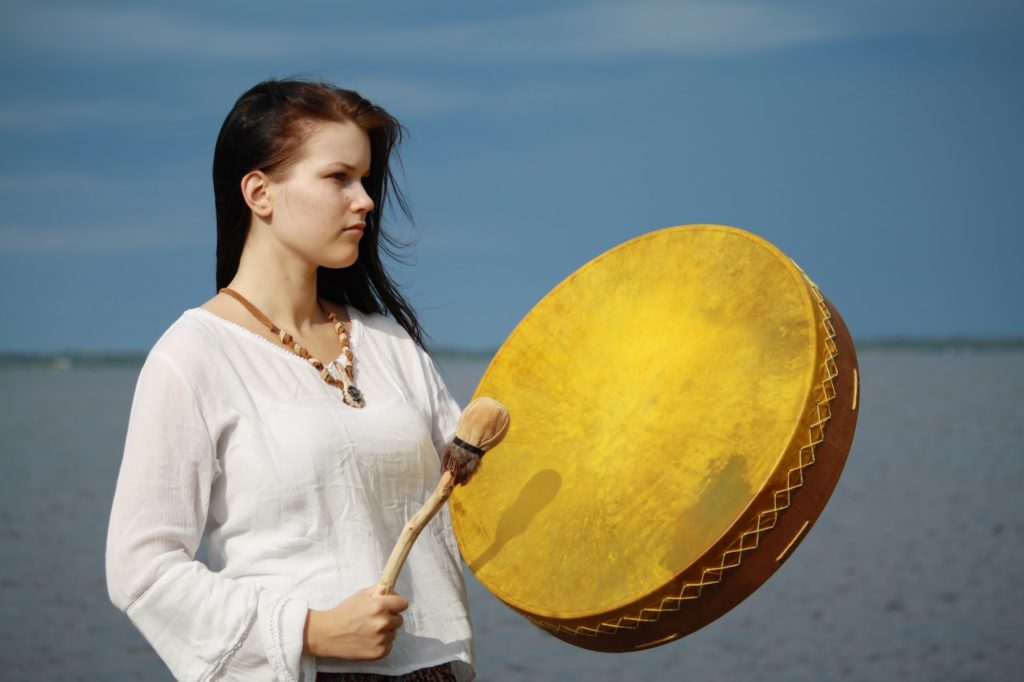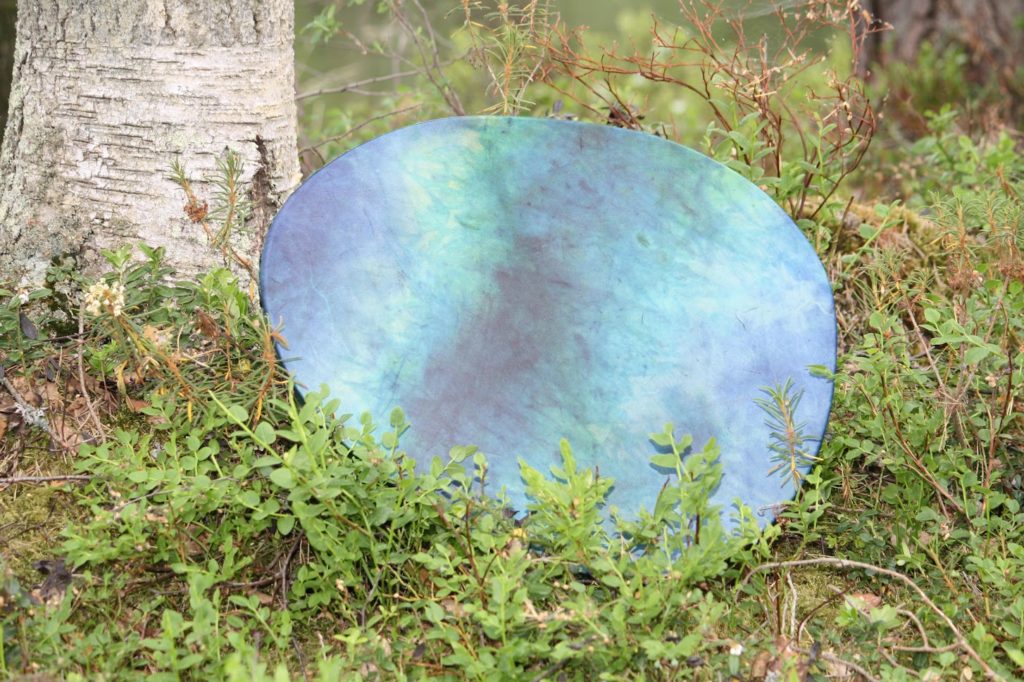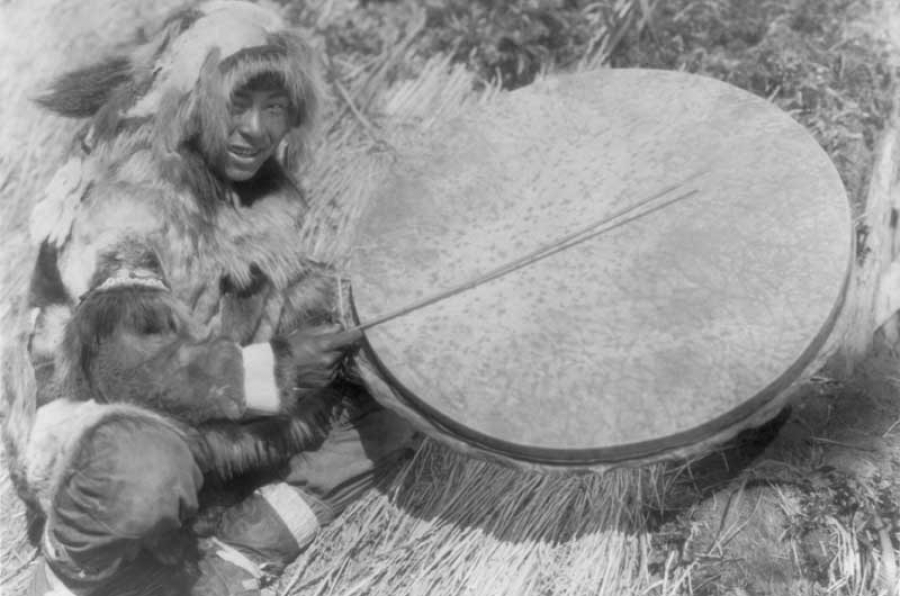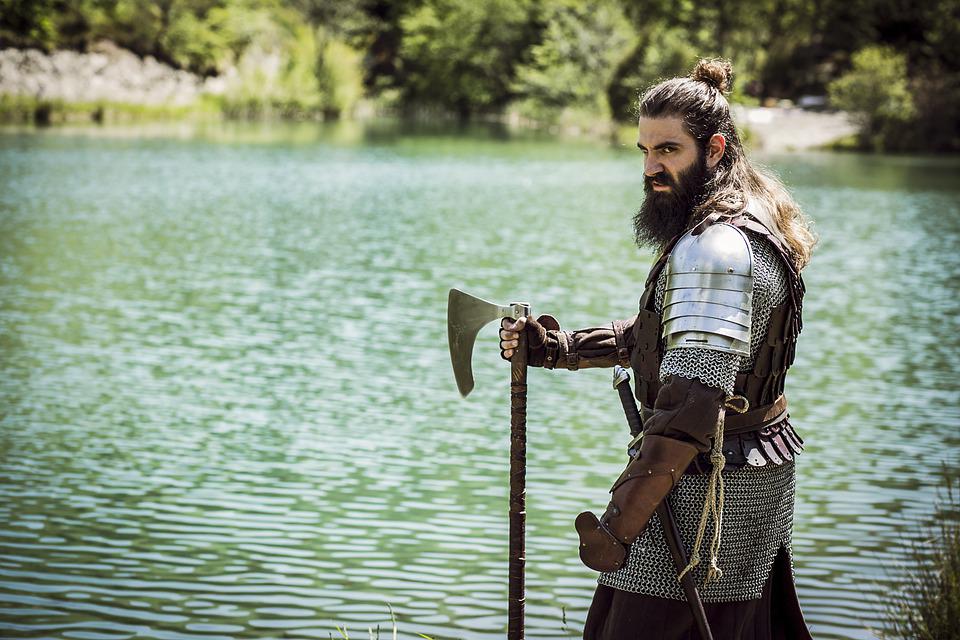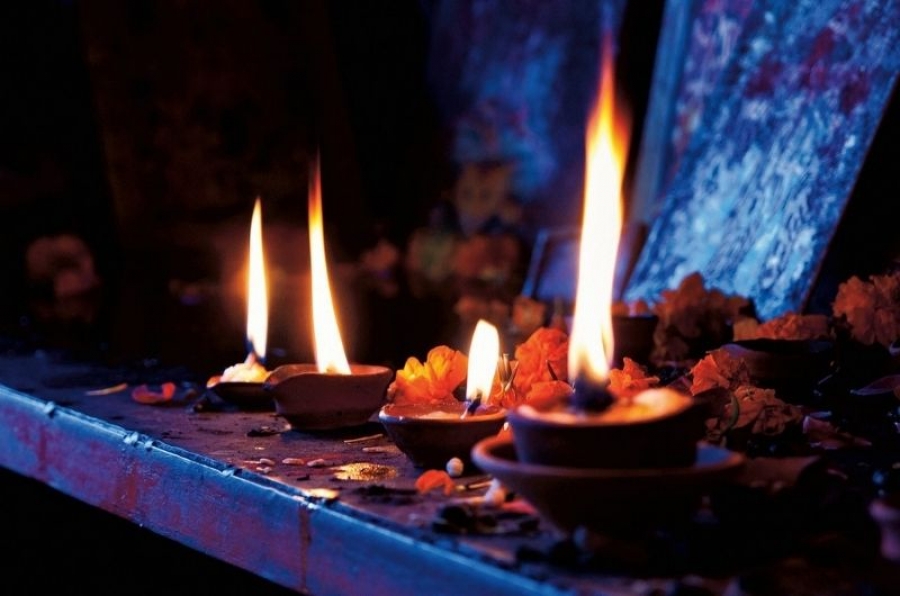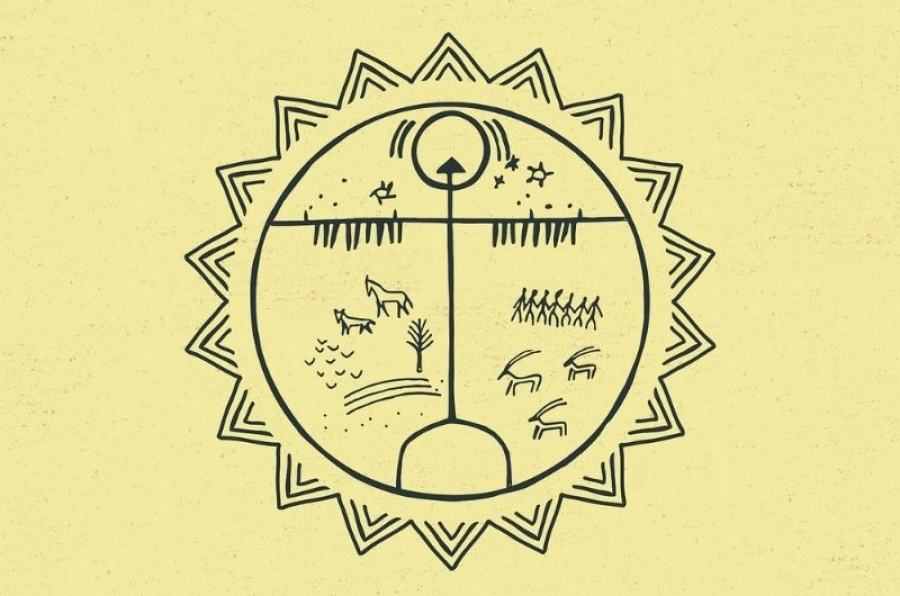We are all Africans when we trace our DNA back to its roots. Humans originated from Africa about 60,000 years ago. The first religious writings also originate from Africa, as do the earliest monotheistic religions. With the European slave trade, African folk religion spread to the Americas, mixing with Christianity, and becoming characteristic of their regions.
West Africa was the center of the slave trade. The most important and largest religion of the region, the Yorùbá, is also the basis for the beliefs of the slaves shipped to the New World, such as the fearsome, limping Voodoo, Santeria and Candomblé.
So, let’s focus on Yorùbá. The Yorùbá sphere of influence covered present-day Nigeria and parts of Benin and Togo but the religion has no clear founder or prophet.
The rooster kicked the ground into place
In the story of creation, Olódùmarè, the creator, the source of all energy, plays the main role. In the beginning there was only water. Another divine being, Obàtálá, who was sent by the creator to get some soil, comes into assistance. Obàtálá returns with soil, rooster and iron.
He places the iron in the water, the soil on the iron, and the rooster on the soil, which kicks and spreads the soil creating the earth. When the creation was finished, other deities descended from the heavens to live on earth. Obàtálá created people from the earth and called Olódùmarè to breathe life into them.
Fate and rebirth
According to Yorùbá, all people have an Àyànmô, a destiny. At the finish line of Àyànmô, a person becomes one with the spirit of Olódùmarè. In Ayé, the physical world, each person’s actions and thoughts are connected with all other living things.
Every person should strive for spiritual growth, to connect with their own spiritual self, Orí Òrún. If one stops spiritual growth, one ends up in Òrún-Apad, the invisible ones, with the pieces of pottery.
Rebirth is believed in, although it is not guaranteed. Rebirth is considered to take place within the family or clan. Names like Babatunde, father returns; Yetunde, mother returns; or Babatunji, father once again, speak of the belief of reincarnation.
Towards the New World
The transatlantic slave trade flourished for a long time, from the middle of the last millennium almost until the 20th century. Yorùbá also traveled with the captured slaves. Over time, the religion became its own, borrowing features from Catholicism and the indigenous peoples of America.
One of the largest and most influential Yorùbá heirs is the Santeria, which is alive and well today in Cuba, Puerto Rico, Venezuela, and North America. The United States of America officially recognized the Santeria church already in 1974.
Santeria worship centers in home temples, iles, mostly in the homes of priests or priestesses. The altars, igbodu, are a combination of the blue, white and red throne, meaning kings, queens, and warriors. Priests and priestesses, who have undergone initiation, are held in high esteem in their society.
The rituals of Santeria
The first ritual of initiation is known as the acquisition of a pearl necklace. The necklace is bathed in herbs, sacrificial blood and other spiritually powerful substances and placed on the initiate. The ritual is led by Babaaláwo, the Father Who Knows Secrets.
In the second ritual, a priest goes through the life of the initiate with him or her, and looks for a suitable path for them. The third is called receiving the warrior. The initiate receives from Babaaláwo objects that represent warriors: an iron bow and arrows, a silver or iron vessel. This ritual is the beginning of a life-long commitment to the religion.
Music plays a big role
Music is important in Santeria rituals. The sound of three drums (iya, itoltele and okonkolo) carries the worshipers’ message forward. Drums are played only by men and should be respected; for example, dancers should never turn their back to the drums.
What keeps Santeria in the headlines, mostly in a negative sense, is the use of animal sacrifices. It is true that animals are sacrificed, mostly chickens, but there is not much detailed information on them.
More about different religions in Africa: http://www.afrikaworld.net/afrel/
The original article in Finnish was written by Tuukka Kumpulainen and it was published on kuudesaisti.net.

